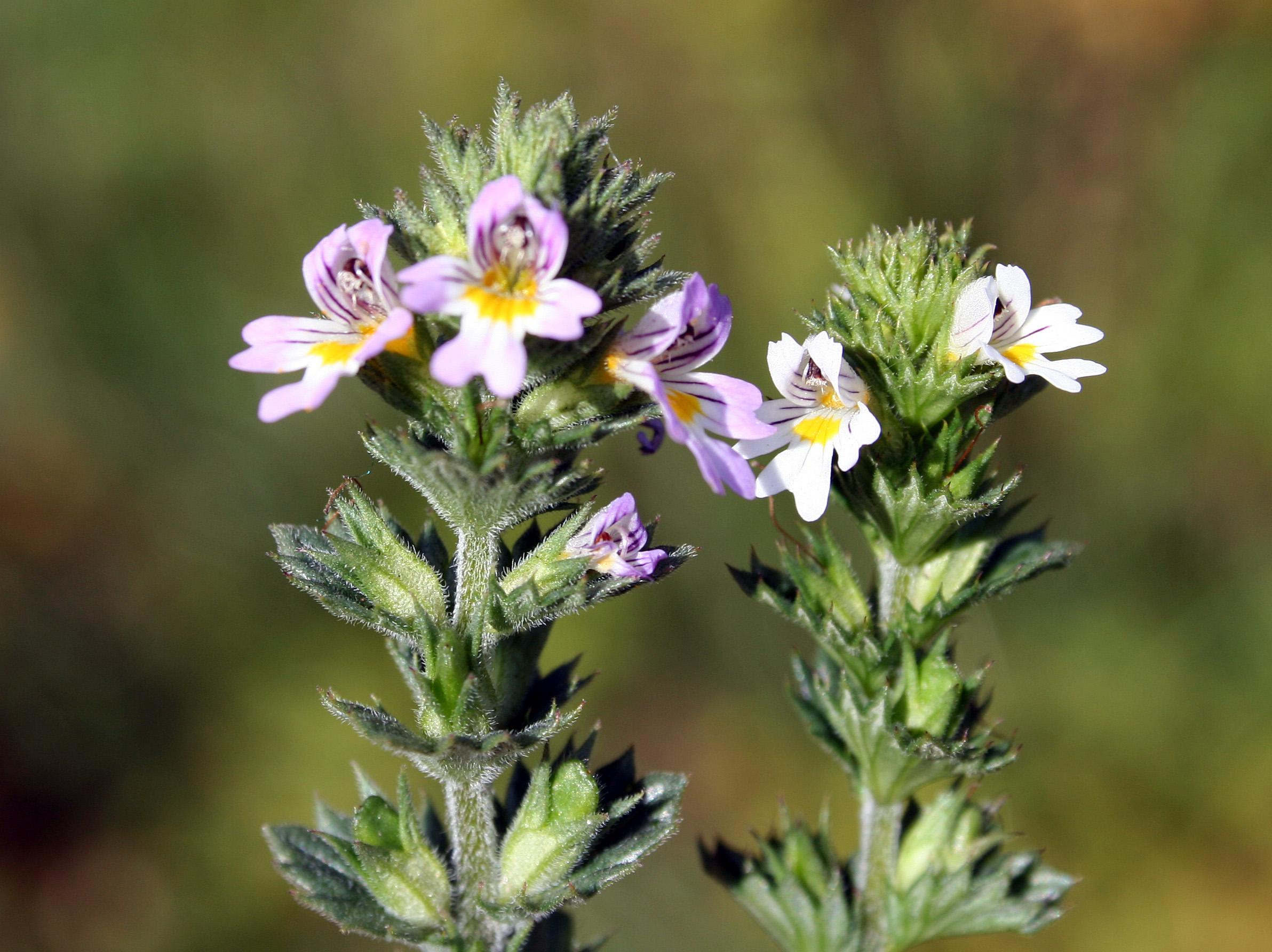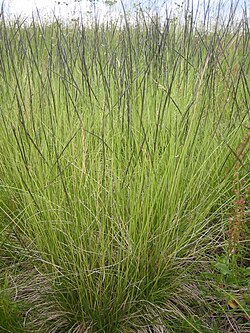The largest crater lake in Europe 47
Europe's largest crater lake we're on cache 47. This area has a lot of planted roadside forests, and the view of Lake Lappajärvi is more enclosed. There is a birch-dominated grove at the Perkkiö, where valuable species have been observed in the undergrowth.
Pölönen forest pasture begins immediately on the opposite side of Eskelintie and is a traditional biotop. The features of the pasture include the fact that the trees are of various ages and species and that there are openings in the forest. Forest pasture species are usually relatively scarce compared to other traditional biotopes. Large anthers, decaying trees, distinctive and abundant fungal species, livestock paths, and livestock damage in trees are typical features of long-standing wooded pastures. The animals have eaten the lower branches so they can see through the forest.
Pölönen forest pasture is a large birch forest, which has been grazing livestock since 1947. There are heaps of rock and barns in the area, and there are noteworthy plant species such as ketosilmäruoho and jäkki. The flowers of the "ketosilmäruoho" are light bluish-red and the plant is mostly hairy but often also bumpy. Lichen is a perennial, wind-pollinated, densely decaying hay species.
During traditional agriculture, meadows and forests were located near the settlement. Forest pastures were formed in forests further away, where cattle moved freely or shepherded. Forest pasture was so common in the 18th and early 19th century that more than half of the forests in southern and central Finland were grazed. The animals moved freely in the wild from melting snow to frost. After that, the enclosed meadows and fields were closed and the cattle grazed in the forests. After the harvest, at the turn of July and August, cattle were released on meadows and fields. However, the advent of agriculture and forestry almost completely ceased toexist in the 1950.



Euroopan suurin kraatterijärvi 47
Euroopan suurin kraatterijärvi ympäri-kierroksella olemme kätköllä 47. Täällä alueella on paljon istutettuja tienvarsimetsiköitä, ja näkymä Lappajärvelle on sulkeutuneempi. Perkkiön kohdalla on koivuvaltainen lehto, jonka aluskasvillisuudessa havaittu arvokasta lajistoa.
Pölösen metsälaidun alkaa heti Eskelintien vastakkaiselta puolelta ja on perinnebiotooppi. Metsälaitumen piirteisiin kuuluu, että puusto on vaihtelevan ikäistä ja monilajista ja metsässä on niittyaukkoja. Metsälaitumen lajisto on tavallisesti muihin perinnebiotooppeihin verrattuna suhteellisen niukka. Suuret muurahaispesät, lahopuut, omaleimainen ja runsas sienilajisto, karjapolut ja karjan aiheuttamat vioitukset puissa ovat luonteenomaisia piirteitä pitkään käytössä olleille metsälaitumille. Eläimet ovat syöneet alaoksia niin että metsän läpi näkee.
Pölösen metsälaidun on laaja koivumetsälaidun, jossa on laidunnettu karjaa vuodesta 1947 alkaen. Alueella on kivikasoja ja latoja sekä alueelta löytyy huomionarvoisia kasvilajeja, kuten Ketosilmäruoho ja Jäkki. Ketosilmäruohon kukat ovat vaalean sinipunaiset ja kasvi useimmiten niukkakarvainen, usein kuitenkin myös nystykarvainen. Jäkki on monivuotinen, tuulipölytteinen, tiheästi mätästävä heinälaji.
Perinteisen maatalouden aikaan niityt ja hakamaat sijaitsivat asutuksen läheisyydessä. Metsälaitumet muodostuivat kauempana sijaitseviin metsiin, joissa karja liikkui vapaasti tai paimenen kaitsemana. Metsälaidunnus oli 1800-luvulla ja 1900-luvun alussa niin yleistä, että Etelä- ja Keski-Suomen metsistä yli puolet oli laidunnettuja. Eläimet liikkuivat vapaasti luonnossa lumen sulamisesta roudan lähtöön. Sen jälkeen aidatut niityt ja pellot suljettiin, ja karja laidunsi metsissä. Sadonkorjuun jälkeen heinä-elokuun vaihteessa karja päästettiin niityille ja pelloille. Metsälaidunnus kuitenkin loppui maatalouden ja metsätalouden kehittymisen myötä lähes kokonaan 1950-luvulla.